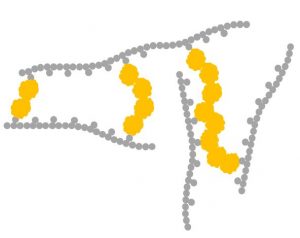Ex situ and in situ advanced electron microscopy of enzymatic action for biomass tailoring and transport paths in conducting fibres and yarns
The structure of wood is complex with many components. As new cellulose-based materials and devices are to be developed and optimized it is crucial to understand the material microstructure of wood and also the properties of its individual microstructural constituents. Electron microscopy offers a unique capability for site specific imaging, diffraction and spectroscopy with high […]


